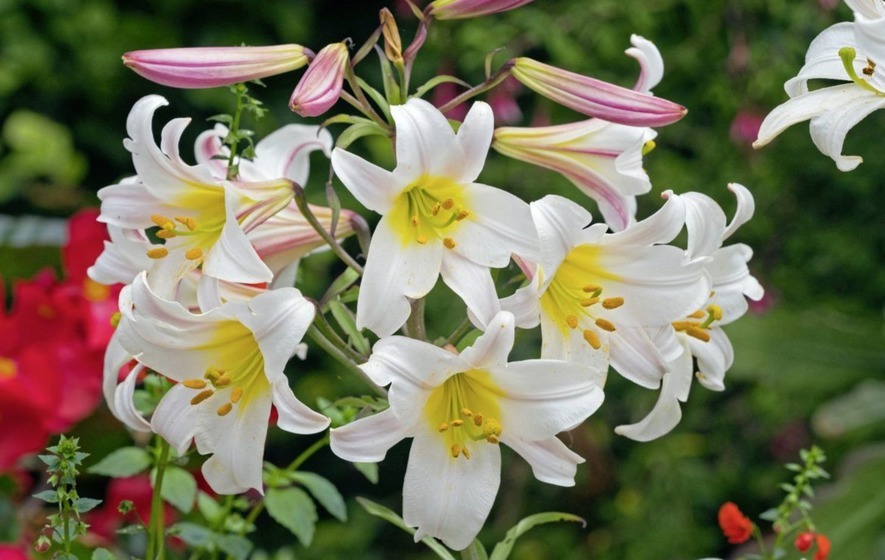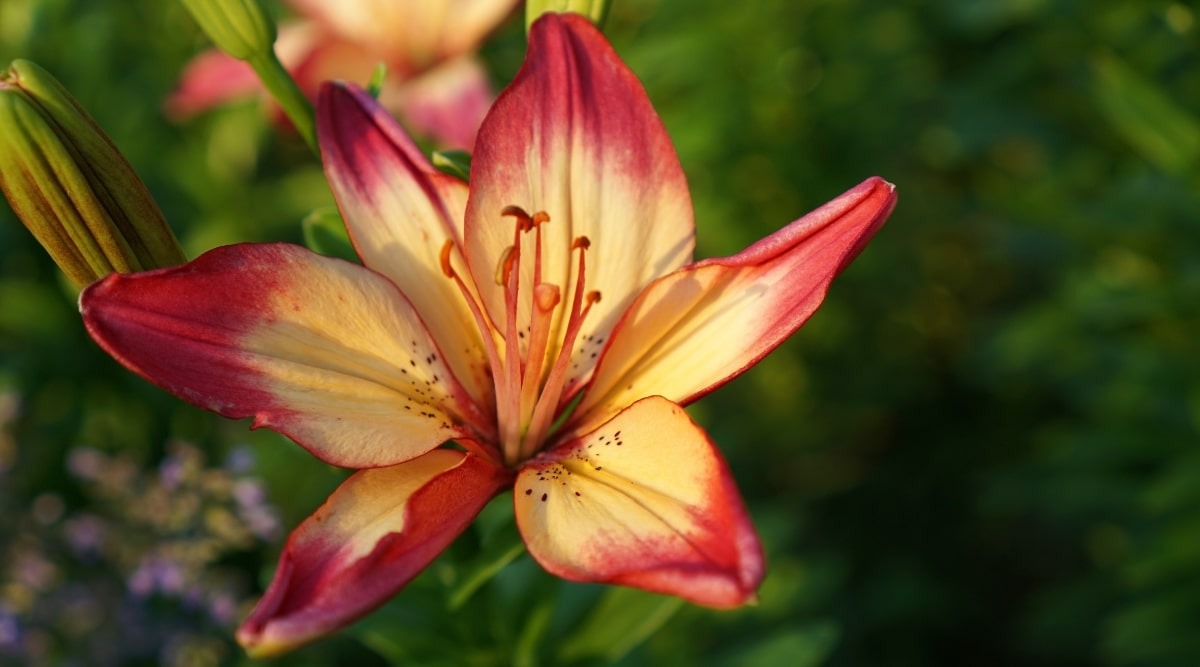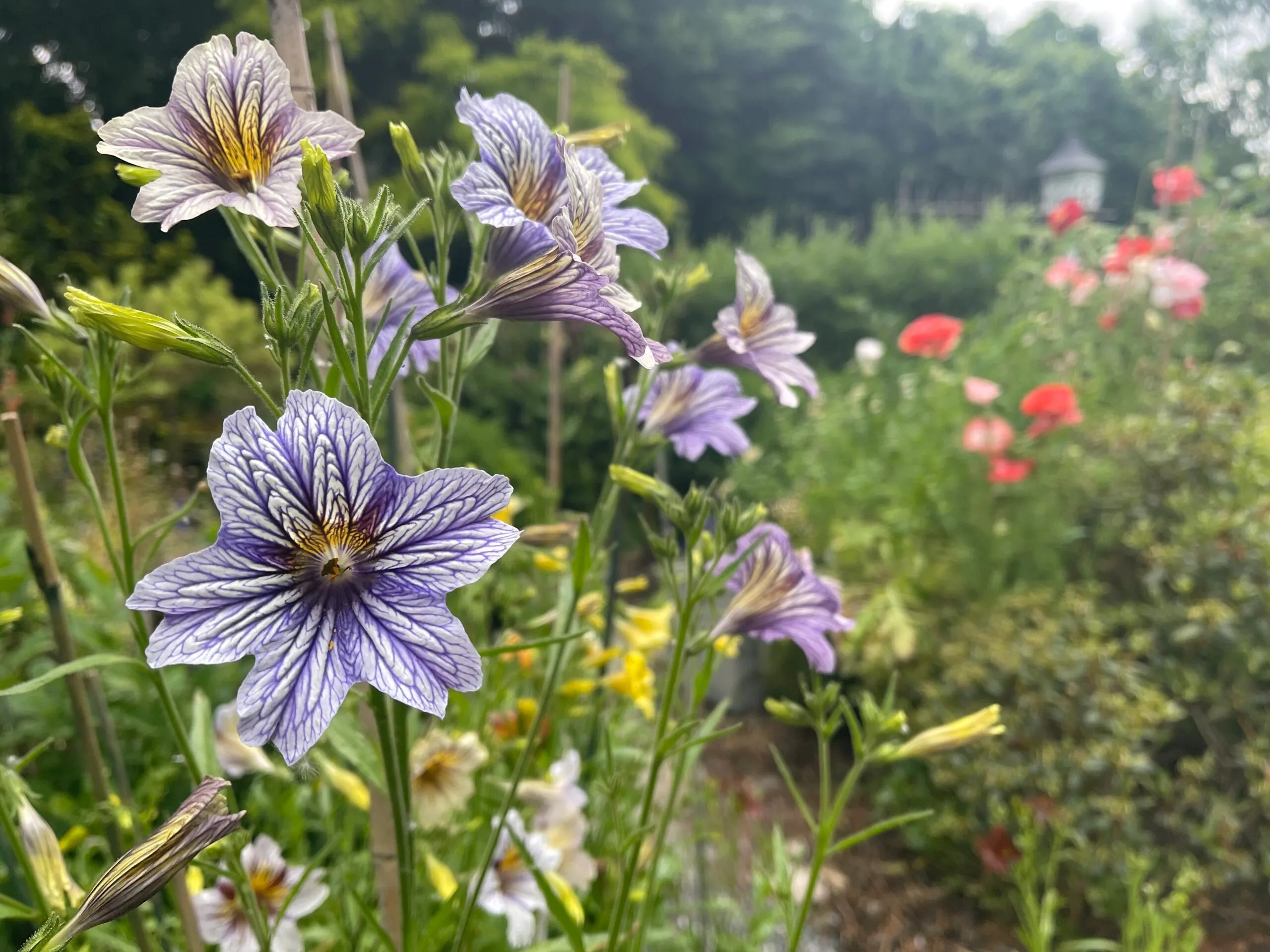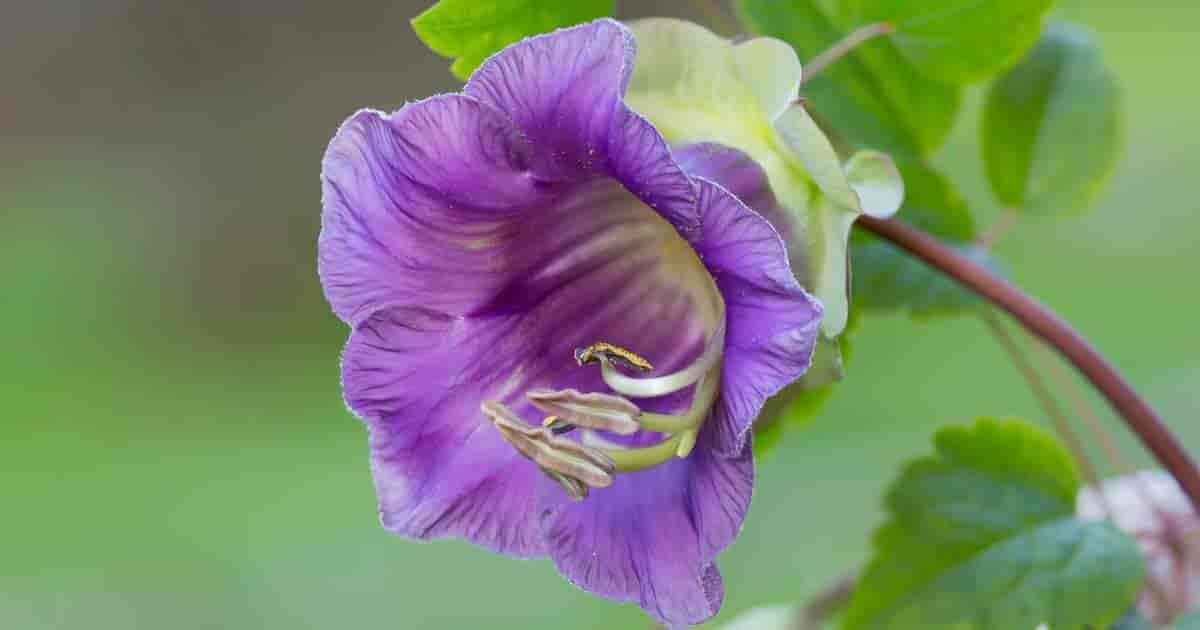While I’ve always enjoyed lilies in the garden for much of my 45+ years of gardening, it’s only recently-in the last 10 years or so, that I’ve seriously invested in lilies as a statement plant. What I mean is now that I buy a dozen or more onions every summer (because this is the time to order lilies from the few specialized nurseries in North America) and plant them in after fall once they are dug up and delivered.
Lilies add immense value to a garden, especially if they are piled up in a bed or as a large piece. I think most of us start by adding one or three bulbs to a floral border, which is nice, but the really spectacular show comes when you plant a dozen or more in a room. Then the show will be more like an incredibly beautiful shrub. Thinking about lilies in this way, they become even more useful.

I like to plant taller varieties in the middle and end of the season under hydrangeas, where they seem to thrive with shady, cool feet, but their tall stems stick out 6 to 8 feet tall. Of course, not all lilies are large, but I prefer large trumpets, Orientals and oriental animals from the middle to the end of the Season.
While the dreaded red lily beetle (Lilioceris lilii) infects many of us in the Northeastern United States, it still has to cross the entire country (an import from the United Kingdom), it looks like a beautiful ladybug, but is devastating for almost all Lilies, especially at the beginning of the Season. Here in central Massachusetts, some of us are noticing a decline in the lily beetle, but I was assured that some neighbors are still suffering from it. Picking them up like Japanese beetles and putting them in a glass of soapy water seems to be the only trick to keep them at bay, but I guess our small population could have something to do with the parasitic wasps recently tested by researchers from the University of Rhode Island.

So many gardeners romanticize about their first memories of lilies – which we often called “Tiger lilies”. While many use the name “tiger lily” for the large black-spotted orange flowers with wavy petals towards the back, some use the same common name for the ordinary orange daylily on the roadside (Hemerocallis fulva), also an Asian import widely distributed in much of temperate North America. Technically (or botanically speaking), the real “Tiger lily” is Lilium lancifolium (formerly L. tigrinum), although just to confuse things a little more – in our gardens and forests there are a lot of orange lilies with black spots, both native and non-native to North America. In general, however, it is Lilium lancifolium that we should all call “Tiger Lily”. They are easy to distinguish from others, because they form on each leaf small shiny black bulbs (tiny bulbs) that help the plant to form large colonies.
The Lilies fill a gap in the border. This period from mid-July to early August, when dahlias and after summer flowers take over. This is also the best time to order lilies, as they are shipped at the end of autumn. Like all good things, the best ones are sold out early, so check often if new varieties are released and order immediately. The victim and the trumpets seem to go first, while the new Orienpets also sell out quickly.

I often forget to order lilies until it’s too after, which may already be in August for the most requested varieties, but in general, most lily nurseries have large varieties available until the time of planting. However, it is difficult to point out a “bad” lily, because it gives such a value to any garden. Some growers publish weekly promotions towards the end of the season, I like to pay attention to Giant bulbs (bulbs too big to be offered at regular price), because they can give instant results like a 7-foot stem with a few dozen flowers. These are released after in the season, once the bulbs are dug up. I hate to share my secrets, but here – I did it.
Asian lilies (not to be confused with oriental lilies) usually bloom earlier, have erect flowers and usually have spots and a warmer color palette such as Bright Orange, yellow, white and pink. They also tend to multiply faster than other lilies such as Oriental, trumpets or Orienpets, which usually have a single bulb that grows larger each season, without division. A clump of orange Asiatics (with some varieties) can form a large clump of flowers in a few years, while a 5-8-year-old trumpet or Orienpet, which has only a few flowers in the first Season, can mature into a 6-8-foot trunk.no different from a tree with 30 or more flowers.



